The world of acoustic physics and musical instrument innovation has recently witnessed groundbreaking advancements in the artificial excitation of string harmonic series. This emerging technology, which blends precise engineering with artistic sensitivity, is redefining how we understand and manipulate the overtone structures inherent in vibrating strings.
At the heart of this development lies the ability to selectively trigger specific harmonic partials without relying solely on traditional playing techniques. Researchers at the Swiss Acoustics Laboratory have developed a magnetic excitation system that can induce controlled vibrations at precise nodal points along a string's length. Unlike conventional bowing or plucking methods that produce complex spectra dominated by the fundamental frequency, this technology allows for the isolation and amplification of individual harmonics.
The implications for musical performance are profound. Violinists testing prototype systems report unprecedented control over timbral qualities, enabling them to produce "impossible" tones that blend characteristics of different string registers. What makes this particularly remarkable is how the technology maintains the organic quality of the sound - listeners perceive these artificially enhanced harmonics as natural extensions of the instrument's voice rather than electronic manipulations.
Behind the musical applications lies sophisticated physics. The excitation system employs an array of electromagnetic actuators positioned beneath each string. These actuators receive precisely timed impulses calibrated to the string's tension, mass, and length. When synchronized with the string's natural vibration modes, they can reinforce specific harmonic frequencies while suppressing others. This level of control requires real-time processing of string vibration data at microsecond resolution.
Historical context adds depth to this technological breakthrough. For centuries, string players have used natural harmonics - lightly touching the string at specific points to emphasize particular overtones. The new artificial excitation methods essentially extend this principle through scientific precision. Where a human player might manage two or three simultaneous harmonic nodes, the computer-controlled system can manipulate up to sixteen discrete points along the string.
Instrument makers are particularly excited about the pedagogical potential. Students learning about harmonic theory can now hear and visualize exact harmonic relationships with perfect clarity. Several conservatories have begun integrating demonstration units into their acoustics curricula, allowing students to experiment with harmonic structures that would be physically impossible to produce through conventional technique.
The technology isn't without its challenges. Early adopters note that the electromagnetic systems require careful shielding to prevent interference with a string's natural vibration characteristics. There's also an ongoing debate about how much artificial excitation constitutes an acceptable augmentation versus fundamentally altering the nature of acoustic performance. These discussions mirror similar conversations in the early days of electric instrument development.
Looking ahead, researchers are exploring hybrid systems that combine traditional playing techniques with artificial harmonic excitation. Preliminary tests suggest that subtle augmentation - perhaps reinforcing just one or two harmonic partials - can enhance projection and clarity without compromising the instrument's essential acoustic character. This balanced approach may hold the key to widespread adoption among performing musicians.
Beyond concert halls and practice rooms, the technology shows promise in instrument restoration. By analyzing the harmonic response of aged strings, conservators can gain new insights into the condition of historical instruments. Some museums are experimenting with non-contact excitation methods to study valuable artifacts without risking damage from physical contact.
As with many innovations at the intersection of art and science, the artificial excitation of string harmonics raises philosophical questions. What defines an instrument's "authentic" sound when technology can so precisely shape its harmonic signature? How might composers write for instruments whose overtone capabilities can be radically expanded? These questions will likely fuel artistic exploration for years to come.
The current generation of harmonic excitation systems remains expensive and complex, limiting access to well-funded institutions. However, as with all technological developments, costs are expected to decrease as the underlying components become more standardized. Within the next decade, we may see this technology integrated into mass-produced instruments, democratizing access to these expanded sonic possibilities.
From a scientific standpoint, the research has yielded unexpected benefits in materials science. Studying how different string materials respond to artificial excitation has led to improved alloy formulations for musical strings. Several string manufacturers have licensed aspects of the technology to develop new product lines with enhanced harmonic response.
Perhaps most exciting is how this development represents a new chapter in humanity's centuries-long quest to master the physics of musical sound. From the earliest lyres to Stradivarius violins to modern synthesizers, each breakthrough has expanded our ability to shape vibration into art. The artificial excitation of string harmonics continues this tradition, offering both new tools for expression and new mysteries to explore in the fundamental nature of sound itself.
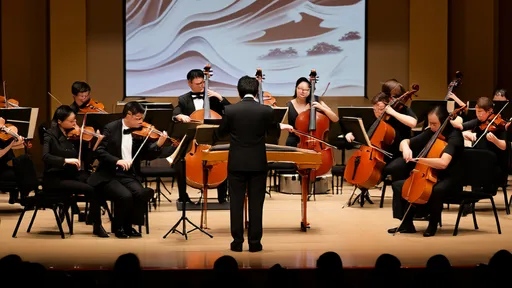
By /Jul 17, 2025

By /Jul 17, 2025
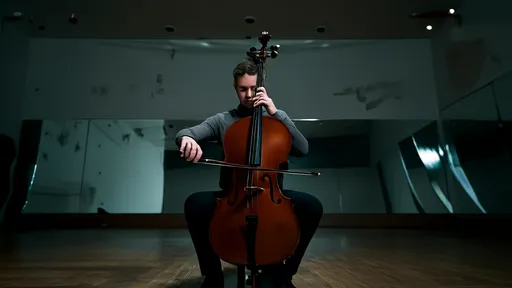
By /Jul 17, 2025

By /Jul 17, 2025

By /Jul 17, 2025

By /Jul 17, 2025

By /Jul 17, 2025
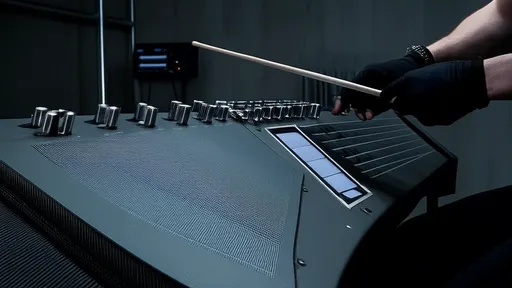
By /Jul 17, 2025

By /Jul 17, 2025

By /Jul 17, 2025

By /Jul 17, 2025

By /Jul 17, 2025

By /Jul 17, 2025
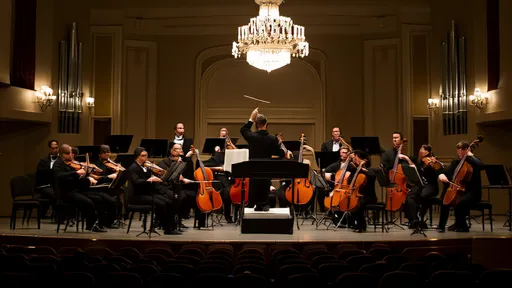
By /Jul 17, 2025
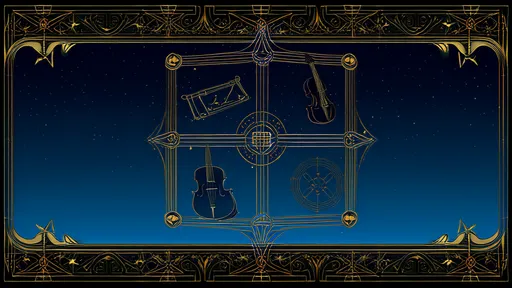
By /Jul 17, 2025

By /Jul 17, 2025

By /Jul 17, 2025
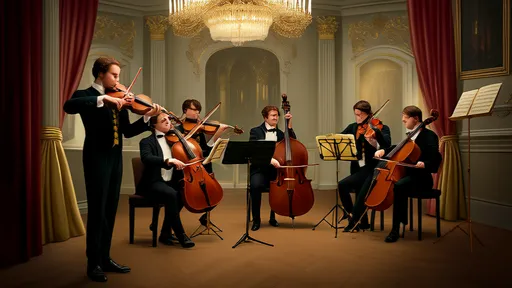
By /Jul 17, 2025